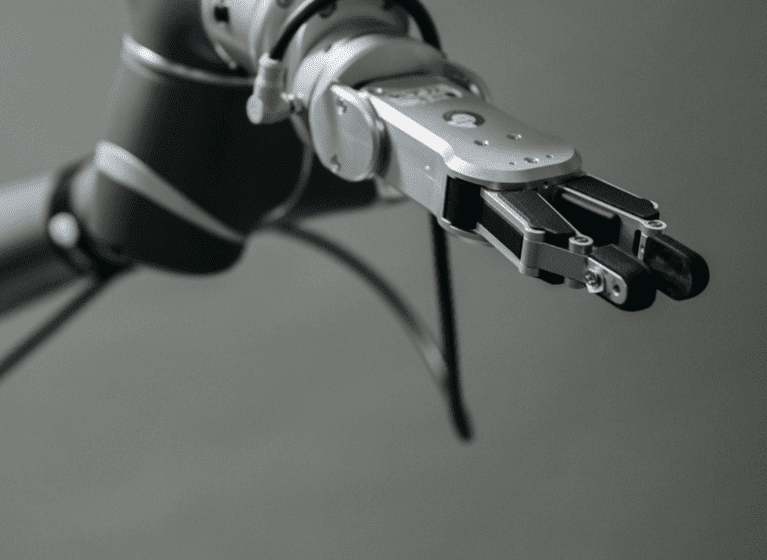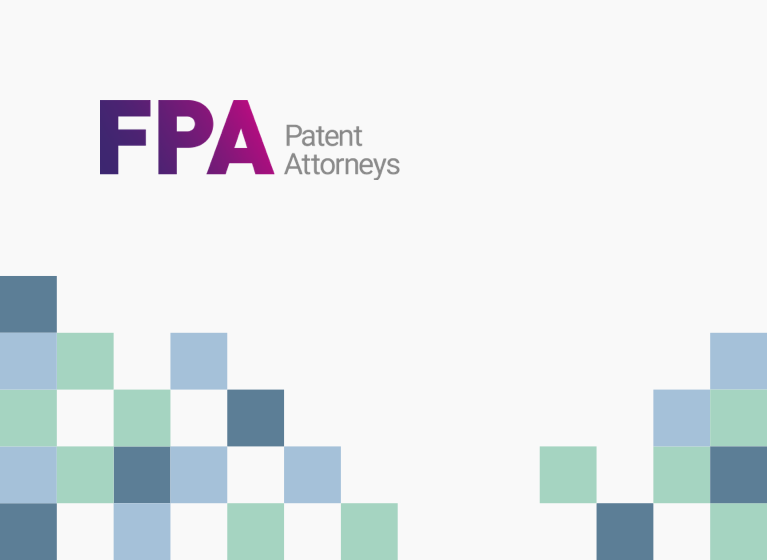In December 2018, we reported that in a first instance decision, a single Judge hearing the Rokt case held the invention to be patent eligible. That decision, we had noted back then, was a long awaited balance to the current leading Federal Court decisions, which found their respective inventions patent ineligible.
That balance has now been removed. The Patent Office appealed and the Full Federal Court handed down its decision on 21 May 2020, unanimously declaring that the primary judge had erred and that the invention was clearly not directly to subject matter that could be considered patentable in Australia.
Summary of the invention and the first instance decision
The patent application considered in the Rokt case is AU 2013201494: “A Digital Advertising System and Method”.
Broadly speaking, the invention is for a method and system of digital advertising wherein the method starts by downloading a widget to a user computer. The widget gathers data stored in the user’s device, including data about the user and about what the user is doing while browsing websites. It then sends this engagement data in real time to an advertising system. The advertising system includes an engagement engine that evaluates the engagement data against pre-defined rules to determine when to instruct the widget to display an “engagement offer”. The engagement offer selected for display is based on a determination by a ranking algorithm. The widget records what the user does in relation to the engagement offer. If he or she interacts with it, then one or more advertisements from a pool is shown. The widget also tracks how the user interacts with the advertisements. Those interactions are stored in a tracking database and are used in selecting engagement offers for other users who share one or more attributes with the user.
In the first instance, the Court found that although the invention solved a business problem of attracting the attention of the user, it had successfully translated that business problem into a technical problem of how to utilise computer technology to address the business problem – e.g., by utilising an engagement engine, a ranking engine, an objects database and a tracking database. Further the primary judge found that the invention combined a number of previously known integers in a new way that made a technical contribution to the state of the art. In reaching this conclusion, the primary judge referred extensively to expert testimony.
Appeal
In the appeal the Commissioner submitted that –
- the first instance decision was inconsistent with existing Full Court authority,
- there is a public interest in the integrity of the Register of Patents,
- the first instance decision had led to doubt as to the correct approach to be taken by the Commissioner1.
The Full Court noted the background section of the specification taught that:
- real-time or contemporaneous targeting of consumers with advertising material based on what the consumer is viewing was already known.
- contemporaneous evaluation of the attributes of consumers in order to direct advertisements to them was known2.
Further, the specification and the preamble of claim 1 indicated that the problem the invention sets out to address is to enhance engagement levels with advertisements3. The feature according to the specification and the preamble of claim 1 that solves this problem is the provision of an intermediate “engagement offer”, which the court likened to “click bait”4.
The Full Court noted that when the invention was understood in light of this background, problem, and solution, it was clear that the invention lay in the engagement offer and therefore was a marketing scheme5. The court then considered whether:
- the invention can broadly be described as an improvement in computer technology,
- the computer was a mere tool in the implementation of this scheme, or
- the invention lay in the computerisation of this marketing scheme6.
The Full Court found that nothing about the way that the specification described the computer hardware or software for implementing this provision of an engagement offer indicated that either is any more than a vehicle for implementing the scheme, implemented using computer technology for its well-known and understood functions7. In relation to this, the Judges noted that the specification described the architecture of the hardware in a most general sense and pointed to various sections of the specification that characterised the hardware as any suitable server computer and any suitable means to interface with the digital content and some of the ranking software as capable of using any suitable scoring regime8.
The Full Court explained that:
- where the claims do not secure, as an essential feature of the invention, any particular software or programming that would carry out the method, and
- the method is entirely left to those wishing to use the method to devise and implement a suitable program for that purpose, and
- all the specification teaches is that the processing system may be “suitably programmed”,
then the method is really an idea for a computer program or an instruction to use computer technology for its well-known and understood functions to implement the scheme9.
The Full Court concluded that the claim amounts to an instruction to carry out the marketing scheme10. Even if the scheme is new and ingenious, it is not made patentable merely because it can or must be implemented using computer technology11.
Key takeaways
- The Full Court did not stray from any principles established by early Federal Court decisions.
- The Full Court first identified the invention as a marketing scheme, on the basis of the specification and the claims. The Court did not rely on any external prior art references to determine the “substance” of the invention. This is similar to the way inventions were construed in Encompass12, RPL Central13, and Research Affiliates14 and aligns with the long established principle of determining patentability based on the face of the specification.
- Schemes, per se, are not patentable. They need to include something more – some improvement in computer technology, some clever use of technology, etc. The Full Court considered whether there was something more in this case and found that there was not because the claims were at a level of abstractness that made them an idea for a computer program.
- In the last 5 years, the Full Federal Court has assessed five inventions identified as schemes implemented by computer and in each case has found that the computer elements of the claim did not add that X-factor that would make them patentable. In the present decision, the Full Court noted that the primary Judge found the invention to be directed to patentable subject matter because he took features disclosed in the specification (but not claimed) into consideration. These features included, a ranking engine, an objects database and a tracking database. Could the addition of these features in the claims provide the X-factor that the Full Federal Court is searching for? The Court appears to leave this possibility open in paragraph 95 of the decision, but did not need to consider the issue as the features were not part of the invention as claimed.
- Expert evidence has a limited role to play in determining patentable subject matter. The Commissioner argued that the primary judge relied too heavily on expert opinion. The Full Federal Court agreed and found the primary Judge erroneously considered patentable subject matter to be primarily a question of fact rather than a question of law.
1 Rokt at 3
2 Rokt at 106
3 Rokt at 107
4 Ibid
5 Rokt at 108
6 Ibid
7 Rokt at 109
8 Rokt at 110-113
9 Rokt at 114
10 Rokt at 115
11 Ibid
12 Encompass Corporation Pty Ltd v InfoTrack Pty Ltd [2019] FCAFC 161
13 Commissioner of Patents v RPL Central Pty Ltd [2015] FCAFC 177
14 Research Affiliates LLC v Commissioner of Patents [2014] FCAFC 150




